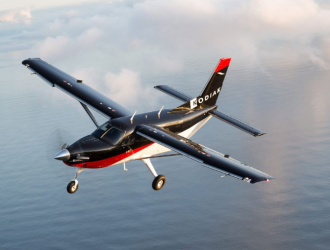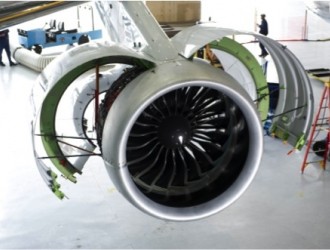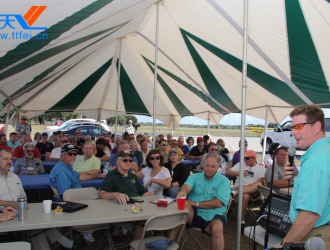In a guest Talking Point for MRO Network, Gerry McNulty, technology development director at UK engineering firm BHR Group, looks at how fusing operational data with numerical predictions could be key for keeping aircraft maintenance costs low.

Aircraft design, manufacture and operation has come a long away in the 113 years since the Wright Flyer took to the sky. Since then, we have progressed from piston engines to jet and gas turbine.
In fact, engine development now includes designs and tests in virtual environments employing additive manufacturing techniques and composite materials - all which helps to reduce weight and fuel burn while extending the range of an aircraft.
However, while areas like engine design and aircraft structures have seen significant technological advancements, aircraft maintenance appears to have been left slightly behind.
With maintenance havin a huge impact on the safety, operational costs and profitability of a fleet, it is time for it to be brought up to speed. Thanks to the help of new technologies, aircraft maintenance is set to be given a boost that makes it just as advanced as the latest engines and aircraft structures.
Before looking at the future, it is worth understanding the current process for aircraft maintenance. This has traditionally followed a tried-and-tested approach that sees aircraft grounded at regular scheduled periods. These service periods are often decided upon by historical data and information.
However, this system has a number of limitations; in particular it does not take into account the often varied environmental conditions that aircraft operate in. Aircraft that fly in arid environments for instance are likely to see increased wear due to dust than an aircraft flying in tropical weather conditions which will suffer different challenges due to humidity.
Basing maintenance schedules on this mixed information means that aircraft can be grounded unnecessarily early. Not only does this impact on operating costs and profitability but puts great demands on havin effective maintenance schedules in place and suitably trained and experienced maintenance personnel able to interpret maintenance programs and instigate the necessary repairs.





